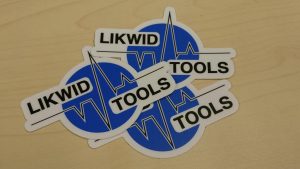Thomas Gruber (a.k.a. TomTheBear), the main developer of the LIKWID tool suite, has published a short tutorial about constructing empirical Roofline models with likwid-perfctr. An empirical Roofline model uses measurements of computational intensity and performance to compare the resource utilization of running code with the limits set by the hardware.
Tutorial: Empirical Roofline Model
This is something that often comes up as a question in our node-level or tools courses. Keep in mind that the computational intensity can also be predicted analytically if you know enough about the loop(s) in your application and the properties of the hardware. Comparing the analytical prediction with the measurement and the machine limits is a powerful way to analyze the performance of code. You can learn more about this, and more, in one of our Node-Level Performance Engineering tutorials.

 The
The 


